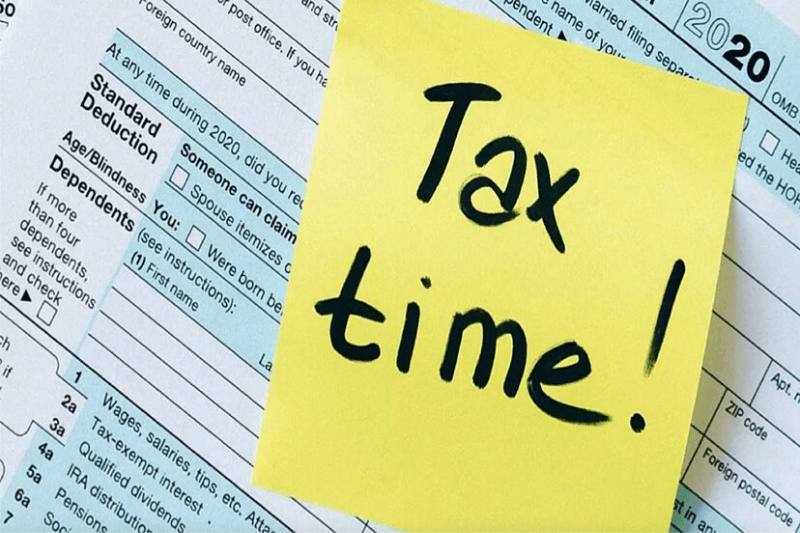
Tax Filing Season 2024: A Comprehensive Guide by Experts
The arrival of the tax filing season marks a crucial period for millions of Americans, with the Internal Revenue Service (IRS) gearing up to receive nearly 130 million individual tax returns. As taxpayers prepare for this annual ritual, understanding key dates and optimizing the filing process becomes paramount.
Filing Basics: What You Need to Know
The tax filing deadline, without an extension, is April 15, providing ample time for individuals to submit their returns. The IRS anticipates a significant majority, over 93%, to opt for electronic filing (e-filing), streamlining the process and expediting refunds.
What Sets E-filing Apart?
E-filing, especially when coupled with direct deposit, emerges as the fastest and most efficient method for taxpayers. Refunds are typically issued within approximately three weeks after electronic submission, showcasing the IRS’s commitment to improving operational efficiency.
IRS Enhancements for 2023
Benefiting from funding under the Inflation Reduction Act, the IRS has implemented noteworthy improvements to its system. Taxpayers can now experience enhanced digital correspondence, extended in-person hours at Tax Assistance Centers, reduced wait times at IRS call centers, and an upgraded “Where’s My Refund?” tool.
IRS Commissioner Danny Werfel highlights ongoing transformation efforts, assuring taxpayers of marked improvements in IRS operations throughout the upcoming filing season.
Key Dates During Tax Filing Season
Understanding key dates during the tax filing season is crucial for a seamless experience. Here are some noteworthy dates to keep in mind:
January 31: W-2 and 1099 Statements
Businesses and companies must provide W-2 forms to employees by January 31. Additionally, certain 1099 statements, including 1099-NEC, 1099-MISC, 1099-DIV, 1099-INT, and 1099-R, should be distributed to recipients by the same date.
February 15: Refunds for EITC and ACTC Claimants
For taxpayers claiming the earned income tax credit (EITC) or the additional child tax credit (ACTC), the IRS must wait until after February 15 to issue refunds. Electronic filers who selected direct deposit could expect refunds around February 27, provided there are no issues with their returns.
March 15: Partnership Returns
Partners and investors involved in partnerships should file their returns by March 15. This includes submitting Schedule K-1s, detailing an individual’s share of earnings, losses, and dividends.
April 15: Tax Day!
The deadline for most Americans to file tax returns, request an automatic extension, or make 2023 contributions to various accounts. Other obligations include filing the Foreign Bank and Financial Accounts form and Schedule H for household employees.
June 17, September 16, and October 15: Additional Deadlines
These dates encompass deadlines for U.S. taxpayers living abroad, partnership return filers with extensions, estimated payments for 2024, and the final extension deadline for filing 2023 federal tax returns.
Conclusion: A Tailored Approach to Tax Season
As you embark on this tax filing season, stay informed about critical dates, utilize electronic filing for efficiency, and leverage IRS enhancements. Remember, each taxpayer’s situation is unique, and seeking professional advice for complex scenarios is always a prudent choice.




